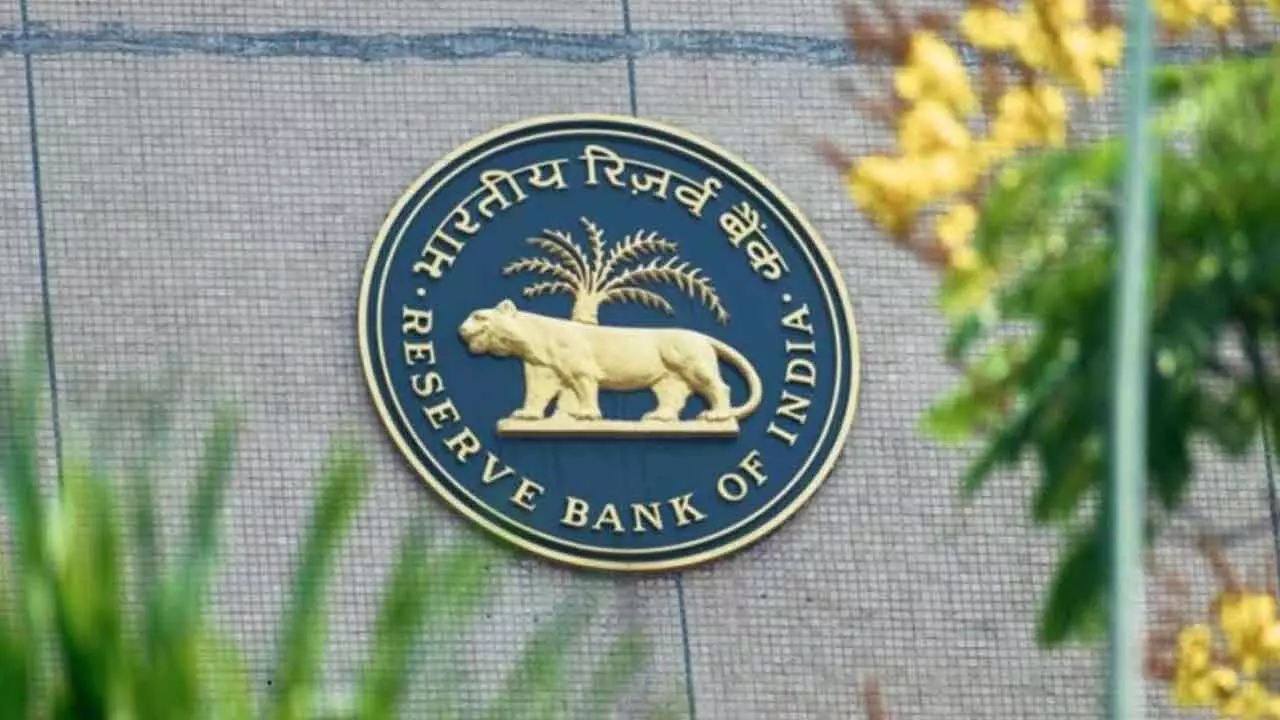Risk Buffer Rose To 7.5% As RBI Balances Surplus And Stability
Risk Buffer Rose To 7.5% As RBI Balances Surplus And Stability

India's apex bank, the RBI has recently announced a dividend transfer of nearly Rs2.7 trillion (Rs2.69 lakh crore, to be precise,) to the Government of India for the financial year 2024-25 as against Rs2.11 lakh crore transferred for FY24, an increase of 27.4 per cent. Simultaneously, in a prudent move, the RBI has increased the risk buffer, otherwise the dividend transfer could have topped Rs3.5 trillion. This bumper dividend transfer at Rs2.7 lakh crore promises to ease fiscal position and there are clear indications that it can manage the yield curve amidst exogenous turbulence. At the same time, the CR buffer gets a fillip.
The RBI Board had recommended that the risk provisioning under the Contingent Risk Buffer (CRB) be maintained within a range of 7.5 per cent to 4.5 per cent of the RBI's balance sheet. The transferable surplus for the year has been arrived at on the basis of the revised Economic Capital Framework (ECF) as approved by the Central Board in its meeting held on May 15, 2025. Based on the revised ECF, and taking into consideration the macroeconomic assessment, the Central Board decided to further increase the CRB to 7.5 per cent (from 6.5 per cent in FY24 and 6.0 per cent in FY23).
The Union Budget for 2025-26 had earlier projected a dividend income of Rs2.56 lakh crore cumulatively from the Reserve Bank and public sector financial institutions. With the recent transfer, this number would be now much higher than the budgeted estimates. Now going by the State Bank of India (SBI) Economic Research wing's expectations, the fiscal deficit is likely to ease by close to 20 bps from the budgeted level to 4.2 per cent of GDP. Alternatively, it will open up for additional spending for around Rs70,000 crore, with other things remaining unchanged.
The latest study by the SBI Research Wing suggests that this surplus payout is driven by robust gross dollar sales, higher foreign exchange gains, and steady increases in interest income.
Interestingly, the RBI was the top seller of foreign exchange reserves in January among other Asian central banks. In September 2024, foreign exchange reserves had peaked at $704 billion and the RBI had sold truckloads of dollars to stabilise the currency.
The dynamics of surplus for RBI were decided by its LAF operations and interest income from its holding of domestic and foreign securities. The balances under the daily LAF show that RBI was in absorption mode from 03 June to 13 Dec'2024. However, after mid-December, the system liquidity turned to injection mode till the end of March 2025.
One also has to keep in mind that this surplus payout is driven by robust gross dollar sales (Gross dollar sales rose to $371.6 billion in FY25, (till Feb25) against $153 billion in FY24. And steady increases in interest income. Interestingly, the RBI was the top seller of foreign exchange reserves in January among other Asian central banks. In September 2024, foreign exchange reserves peaked at $704 billion and the RBI has sold truckloads of dollars to stabilise the currency.

